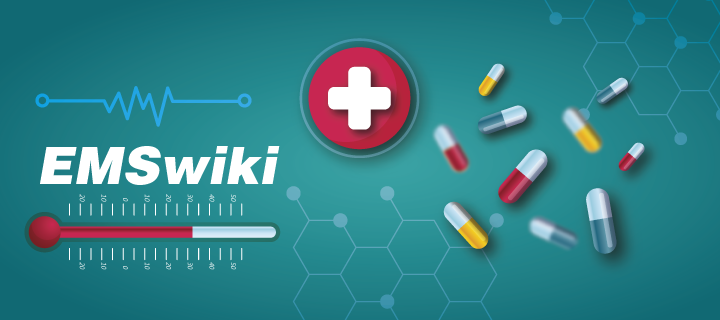
The Extravasation: An Essential Guide
Let’s explore what extravasation means in medical terms and how it is managed
What is Extravasation?
Extravasation in medicine refers to the accidental leakage of a fluid, often a drug or intravenously administered solution, from the blood vessel into the surrounding tissues. This event can occur during treatments such as chemotherapy, administration of contrast fluids, specific antibiotics, and anticonvulsant medications. This phenomenon occurs when, for various reasons, the vesicant drug—so named for its ability to cause tissue damage—does not follow the intended course within the vein but disperses into the surrounding area. Causes can be varied, from perforation of the venous wall due to the IV catheter to unexpected movement of the catheter from its original position. These situations can cause not only immediate discomfort to the patient but also long-term complications, making prompt identification and management of extravasation crucial.
Signs, Symptoms, and Risk Factors
Symptoms of extravasation include pain around the IV injection site, inflammation, tight and pale skin, and difficulty flushing the IV catheter. Risk factors for extravasation include fragile veins or skin, long-term or rapidly administered IV treatments, and the type of medicine administered.
Management and Treatment
At the first sign of extravasation, it is crucial to immediately stop IV administration, remove the catheter, and follow a series of steps to manage symptoms and prevent further damage. These may include applying warm or cold packs, elevating the limb, and injecting specific drugs into the tissue to alleviate symptoms. Additionally, local antidotes may be administered, although their use remains controversial.
Complications and Prevention
Extravasation reactions can range from local irritations to chemical cellulitis, with potential long-term consequences such as necrosis and ulcerations. Timely and appropriate management is essential to limit tissue damage. Prevention plays a crucial role, with proper training of medical personnel and adoption of appropriate techniques during IV drug administration.
Sources


